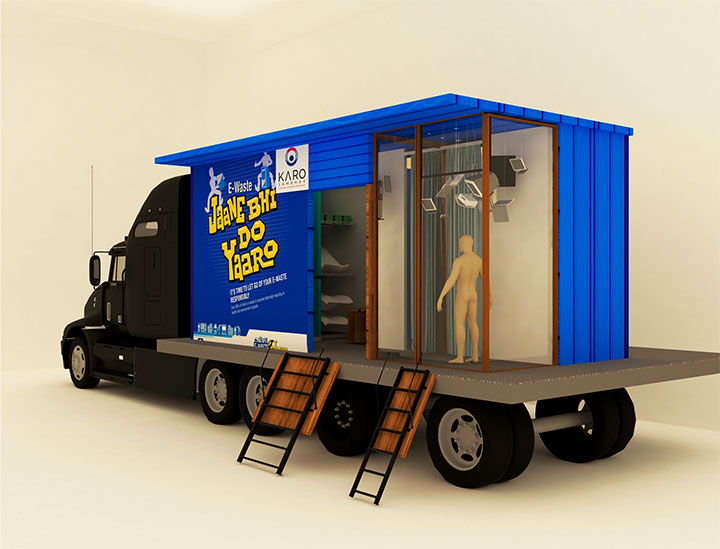Spaces affect humans, they influence the physical, psychological, cognitive, and behavioral aspects of the end-users. The spatial qualities define and determine how we feel, think, and act in a certain setting. An ideal space can accommodate everything and still be able to provide the desired…
How does one Become an Interior Designer and what is the scope of Interior Designing and career opportunities in India?
Spaces affect humans, they influence the physical, psychological, cognitive, and behavioral aspects of the end-users. The spatial qualities define and determine how we feel, think, and act in a certain setting. An ideal space can accommodate everything and still be able to provide the desired comfort. This is facilitated by careful consideration of the basic elements and principles of space and interior design.
Education
While a formal education is not an absolute must, most interior design firms require designers to hold at least a bachelor’s degree (B.des in interior design, BA in Interior design or Masters in Interior design). A degree in the specific field is preferred, but one in another area is generally acceptable as long as it is accompanied by coursework in interior design, such as drawing and computer-aided design (CAD). Degrees on the associate, master’s and doctoral levels are also available.
Taking on pro bono projects
When starting out as an interior designer, one may find it hard to land their dream jobs right out of the college. To get more desirable projects, one needs experience, but getting experience without working is impossible. So it is absolutely necessary for a new designer to take on any work which is coming their way. They may offer services to help local non-profit services or organizations, or small businesses unable to pay a professional designer.
Preparing them with the necessary skills when their dream jobs come knocking.
Portfolio
Working on multiple projects allows one to build a strong portfolio. A comprehensive portfolio is the most crucial tool for interior designers seeking clients. It not only allows potential clients to view one’s best work, but also showcases one’s ability to present themselves in a professional and well-organized manner.
Although the scope of traditional interior design in India is much more competitive now, with time and addition of tech. The field has expanded greatly.
There are many areas where an interior designer may be employed, some of them include.
- Residential Projects: Residential projects which include houses, flats, and other places that are used for domestic accommodation.
- Workplace Projects: Workplace projects which include offices and factories among a host of many other different types.
- Temporary Exhibition Projects: Temporary exhibition projects for which interior designers are required to provide temporary designs. This includes designing for art galleries, museums, and a wide range of private and public projects.
- Commercial Projects: This includes designing for retail shops, shopping malls, warehouses, and conference centres, designing for leisure venues, such as cinemas, theatres, and gyms, designing for the hospitality sector, including hotels, restaurants, nightclubs, pubs, and cafes, designing for the education sector, including schools and universities, and designing for the healthcare sector for places like health centres, nursing and care homes, hospitals, and private clinics.





